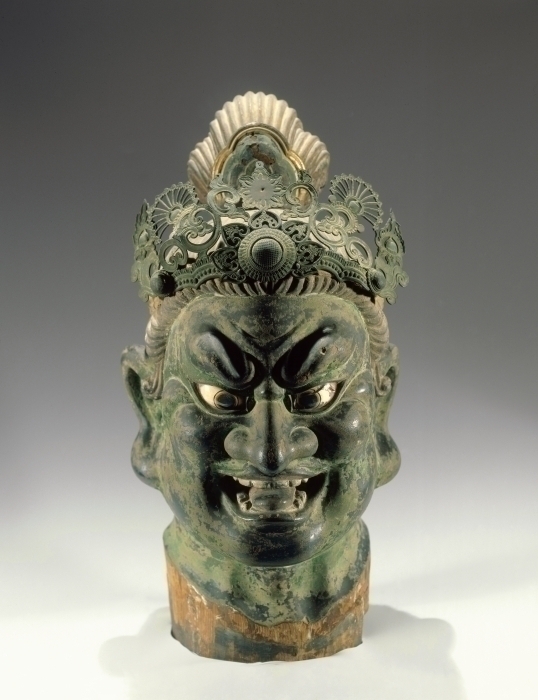Purchasing a Major Work of Art for the Collection – part III
Last time I wrote about how we happened to have the money and the initiative to look for a major new acquisition for the Asian collection. This time, I’m going to talk about how we developed a shopping list before hitting the market.
All curators keep a mental list of types of objects they would love to find for their museum’s collections; some museums require their curators to compile written lists every few years so the Director and Development staff can help keep an eye out for good candidates. Usually these lists are populated by types of art that aren’t well represented in the museum’s collection. The categories can be as broad as “Cubist painting” or as specific as “a fish knife to replace the one that’s missing from the flatware set we already have.” But generally the categories are cited because they would complement or round out the existing collection.
The Brooklyn Museum’s Asian art collection is quite good, with most major cultures well represented. But the gaps were pretty clear: Chinese painting, Chinese stone sculpture, Japanese Buddhist sculpture, and Indian bronze sculpture, preferably of the Chola period. We already have some very nice Chinese and Japanese sculptures, but they’re all a little on the small side, or else they’re fragments of something much larger. (I’m illustrating our best Japanese sculpture here, the head from a painted wood figure of a guardian deity – really a fabulous thing, but think how great it would be to have the whole figure.)

Head of a Guardian Figure. Japan. Kamakura period, 13th century. Hinoki wood with color, inlaid rock-chrystal, and metal. 22 1/6 x 10 1/4 x 13 15/16 in. (56.1 x 26.1 x 35.4 cm). Brooklyn Museum. Gift of Mr. and Mrs. Alastair B. Martin, the Guennol Collection. 86.21.
I know that looking for a big object sounds kind of petty, like buying a painting because it goes with your couch, but the sad truth is that size matters. When putting together a gallery, it’s really nice to have one large, important, eye-catching object that draws people in and anchors the whole gallery, both visually and conceptually. It’s certainly possible to highlight an exquisite little object in a gallery, but if you have lots of exquisite little objects, the impact of each object diminishes. And we already had quite a few exquisite little objects. So we were hoping to buy an object with some serious physical presence.
In addition to something of size, we were looking for something we could exhibit pretty much permanently. For this reason, we decided early on not to go after a Chinese painting, even though it’s the area where the collection could use the most help. Chinese paintings are made with materials that react poorly to exposure to light. The silk used for early paintings darkens over time, and the inks used even today are very susceptible to fading. Museums must protect their objects, so we keep most of our Asian paintings in storage, bringing them out on a temporary basis so they don’t spend too much time under the spotlights. We decided that we didn’t want to spend all our funds on an object that we could display only occasionally, so we turned our attentions to sculpture.
I haven’t yet mentioned Indian bronze sculpture, the last category on our shopping list (and the one we eventually bought). I will address that in the next installment, because it’s a more complicated situation. Next time: why one masterpiece isn’t necessarily enough…

Joan Cummins is the Lisa and Bernard Selz Curator of Asian Art at the Brooklyn Museum. Joan received her Ph.D. in 2001 from Columbia University. Prior to coming to Brooklyn, Joan served as Assistant Curator of Indian, Southeast Asian, and Himalayan Art at the Museum of Fine Arts, Boston. Her most recent book is an introduction to Indian painting, published in 2006 by the MFA, Boston. Joan was a Research Associate in Brooklyn's Department of Asian Art from 1991-1993.
